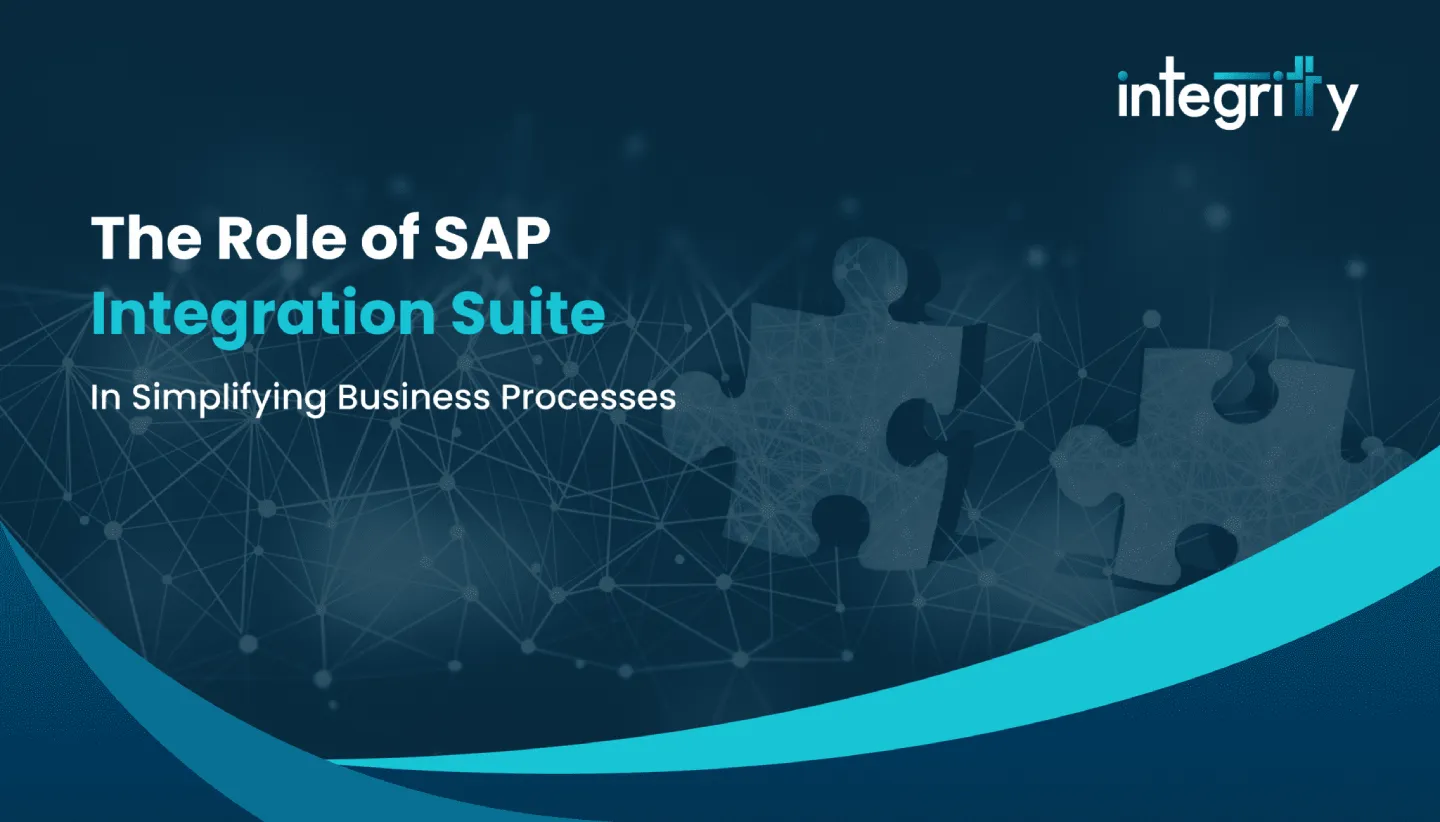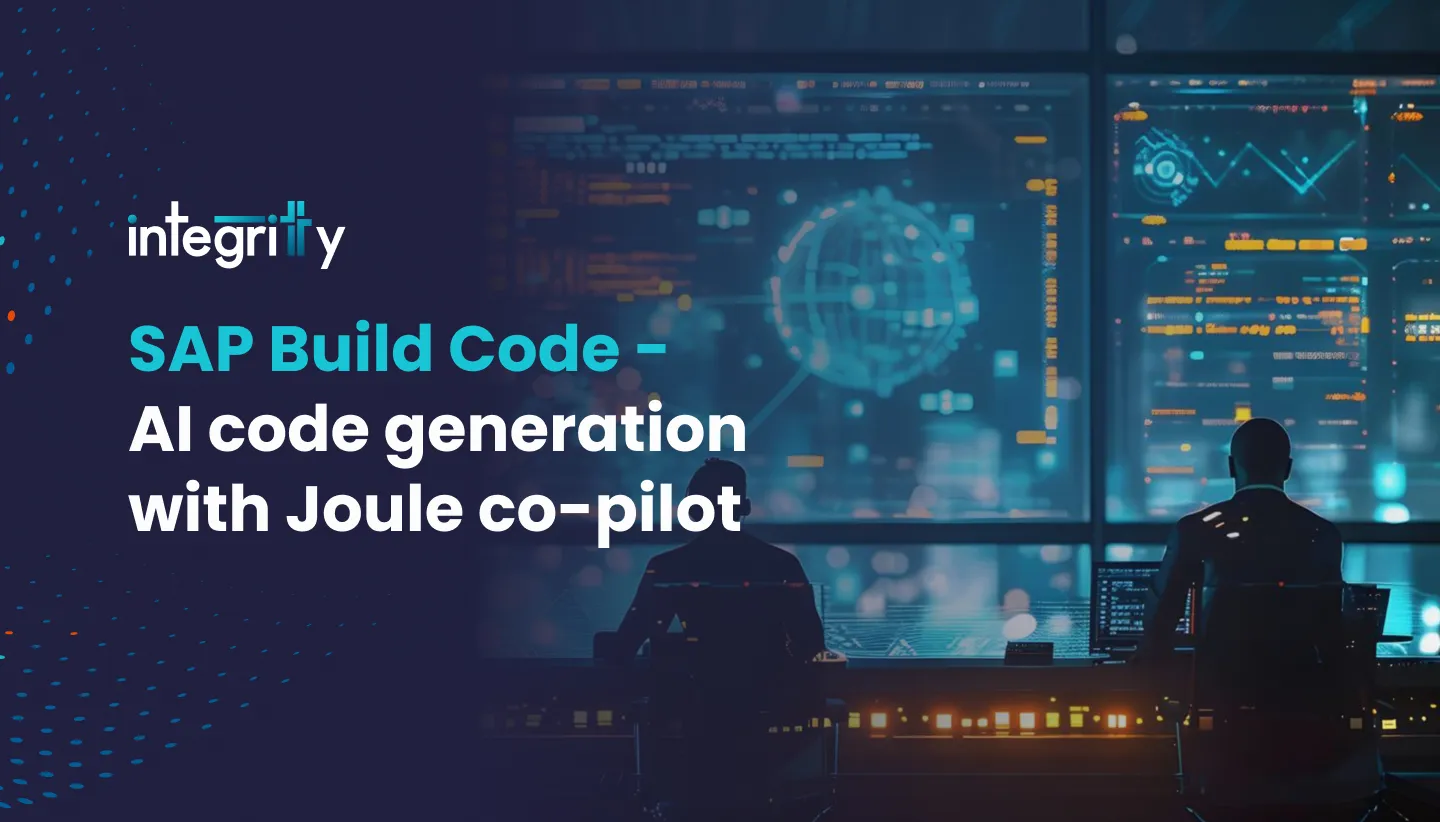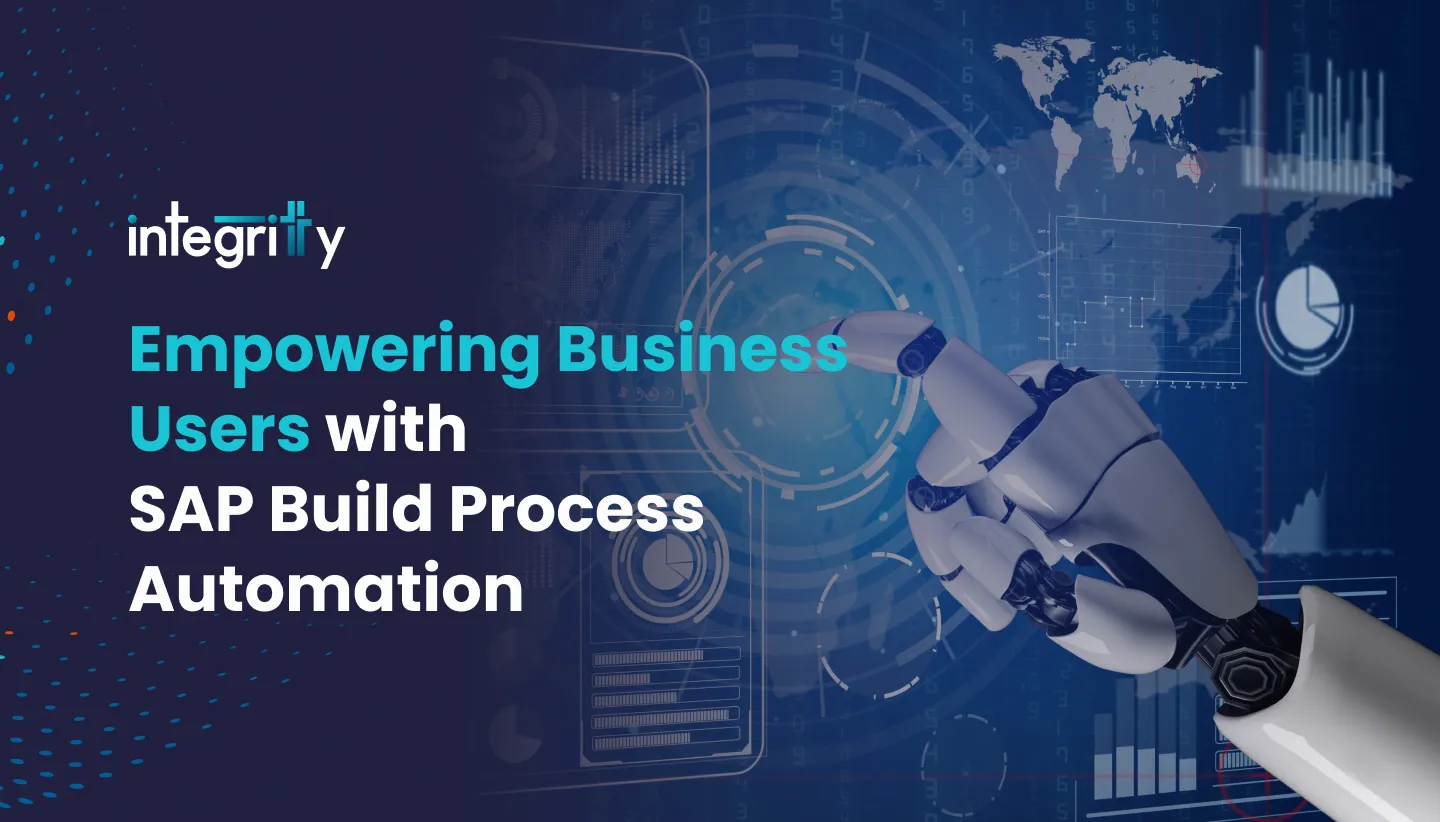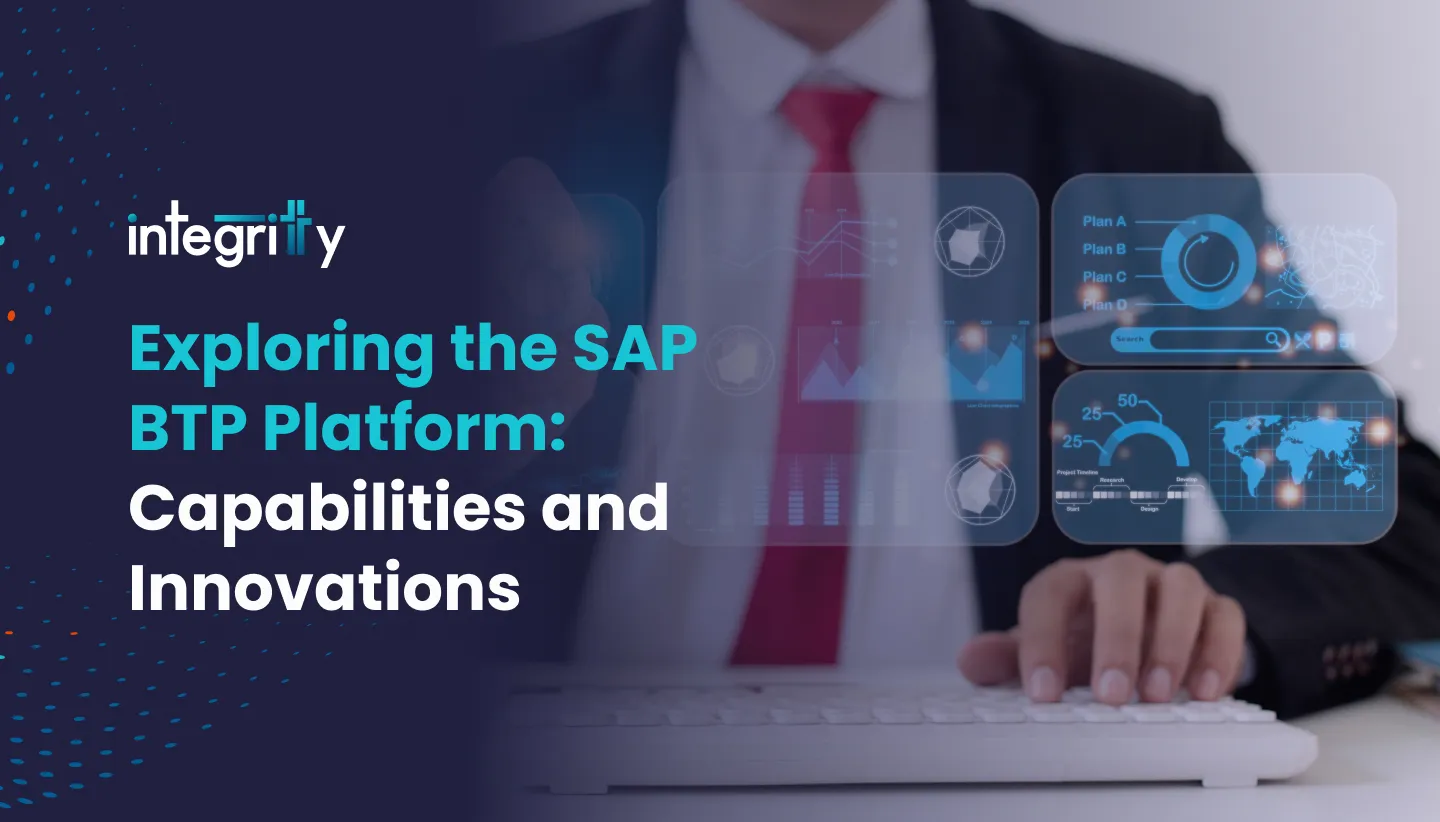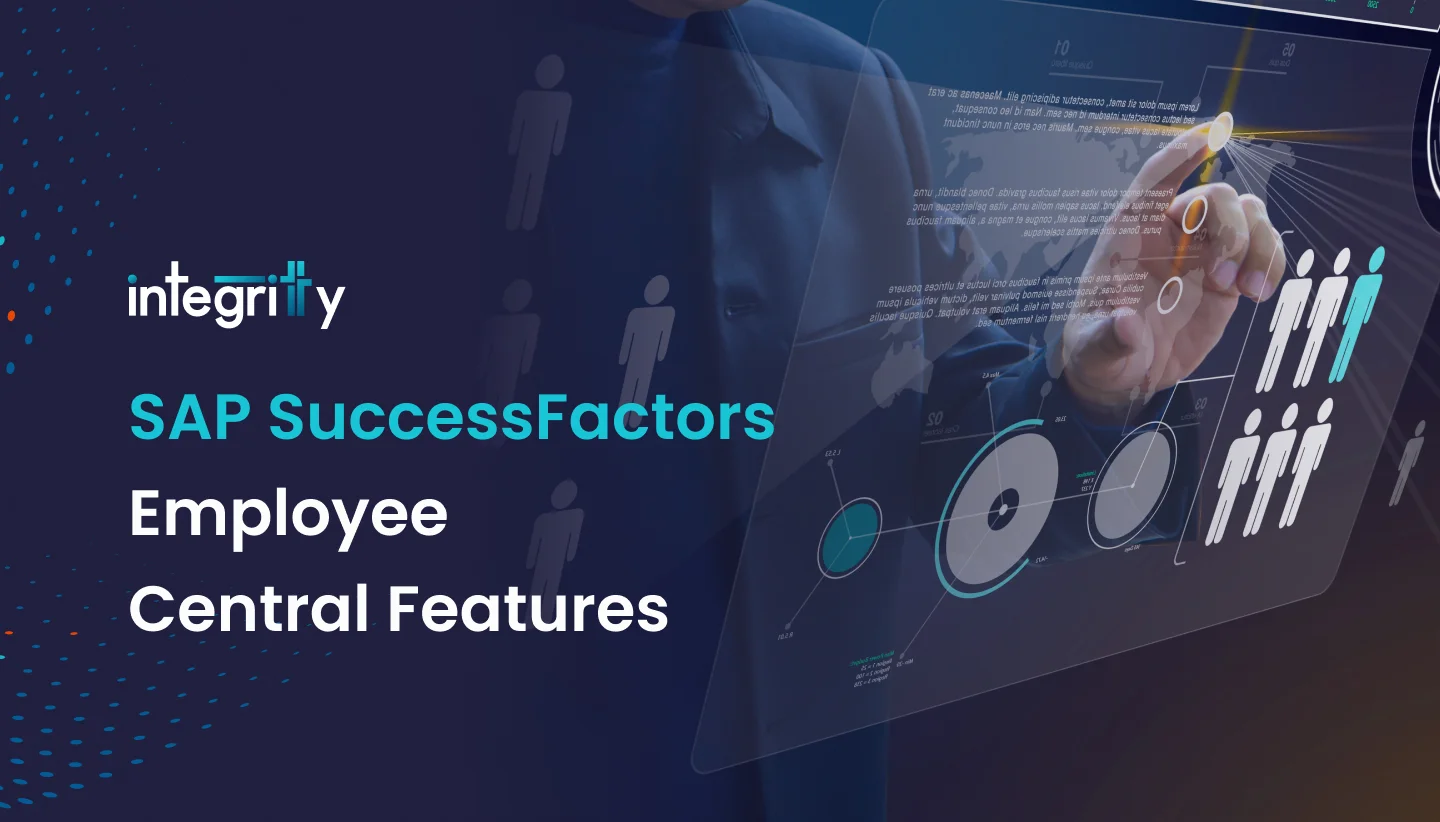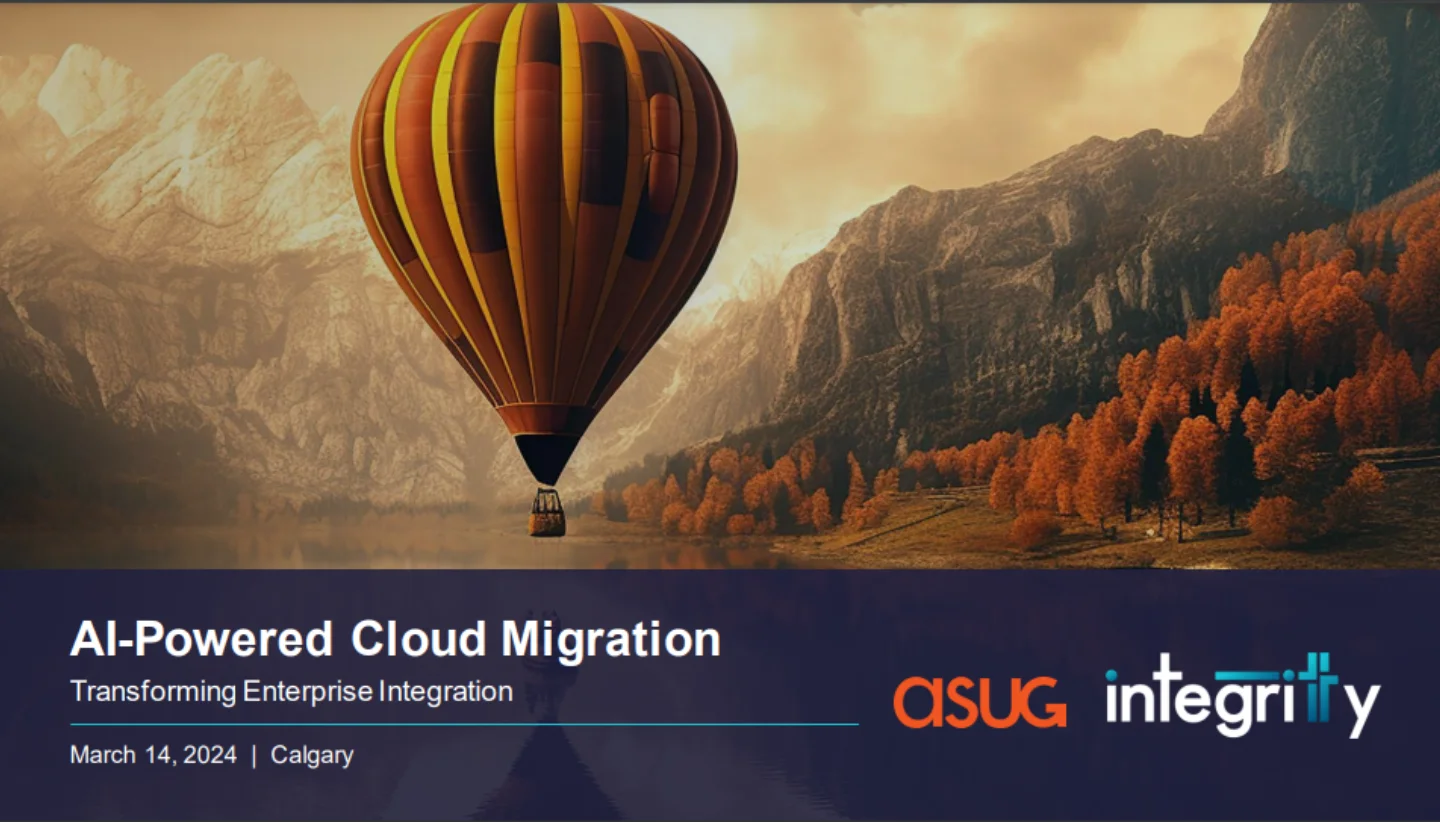The Role of SAP Integration Suite in Simplifying Business Processes
The Hallmark of Smart Businesses is Seamless Integration. It is rapidly emerging as the foremost strategic priority in this digital epoch for any organization.
Consumer expectations are evolving towards seamless digital experiences across multichannel interactions. Business collaborations are no longer confined within the organization but extend to partners, co-innovations with clients in burgeoning digital ecosystems and business networks. Digital engagements are gradually becoming the standard mode of collaboration, and the prospect of ubiquitous and embedded intelligence brings forward opportunities for organizations to transform into intelligent enterprises.
In essence, an integrated enterprise is an intelligent enterprise. But why has integration taken center stage?
Transitioning into an intelligent enterprise mandates organizations to navigate inherent complexity. Enterprise application portfolios and landscapes are increasingly diverse and complex. Leaders across different domains, such as finance, HR, procurement, and sales, have adopted ready-to-run SaaS solutions to cut costs and enhance agility. However, these applications often lack integration, leading to data and processes scattered across multiple apps, creating a deficit in a comprehensive view of the business – including customers, partners, and employees.
Integration is the catalyst that can bridge these gaps across applications, data, processes, and lay a groundwork to apply intelligence, enable digital interactions, and craft the connected digital experiences that customers desire.
Traditional integration middleware technologies tend to be complex, often leading to prolonged integration projects that typically require considerable consulting effort. The cost of integration can swiftly escalate to overwhelming levels. Given the fact that integration is becoming the cornerstone of digital transformation and the pathway for companies to transform into intelligent enterprises, it is imperative to simplify integration significantly.
At Integriitty , we appreciate the importance of streamlining integration for our customers, enabling them to focus on driving innovation. We’ve constructed a unified Integration Suite in the cloud, designed to simplify integration for our customers by amalgamating the appropriate set of services.
SAP Integration Suite – SAP’s flexible, robust, and enterprise-grade iPaaS (integration platform-as-a-service) – streamlines and hastens enterprise integration and assists organizations in swiftly transitioning into intelligent enterprises. It’s an open and modular iPaaS that supports an extensive set of end-to-end integration scenarios. These integration scenarios encapsulate the customer-jobs-to-done, and the modular assembly of integration services collaboratively support these customer scenarios.
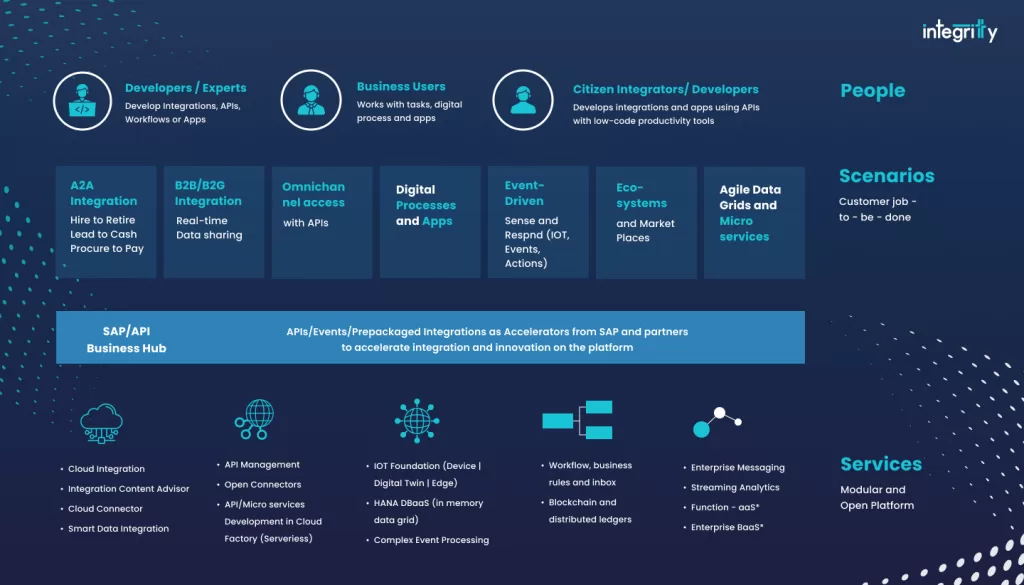
An All-Encompassing Integration Suite for Streamlining all Your Integration Needs
The SAP Integration Suite stands as a multifaceted platform, capable of accommodating both old and new integration strategies.
A2A Integration orchestrates streamlined operations across multiple SAP or non-SAP, cloud or in-house systems. It’s capable of handling a wide variety of procedures, from the hiring process to payment procurement, by employing pre-designed integrations and over 150 open connectors to various hubs including customer relationship management, marketing, social media, document management, enterprise resource planning, and communication tools.
B2B Integration caters to both traditional electronic data interchange (EDI) and real-time API-based collaborations, fostering a seamless business-to-business interaction environment. The suite is also primed for emerging blockchain scenarios, aiding the establishment of secure and trustworthy business networks.
B2G Integration fosters electronic interactions between businesses and government agencies. With the rise of e-government initiatives such as Spain’s e-VAT, India’s GST, and EU’s PEPPOL, the SAP Integration Suite offers tailored integrations to ensure regulatory compliance and assist governments in achieving transparency and improved governance.
Real-time API-based Integration offers a robust omnichannel access, fundamentally transforming the customer experience. It uses APIs to provide an omnichannel interface while hiding the intricate complexities of underlying diverse systems.
Orchestration deploys workflows and business rules to establish process-based digital applications, merging data silos and offering simplified experiences for customers, employees, and partners.
Event-driven Integration supports disentangled integrations across different applications, Internet of Things (IoT), and people. This capability enables reactive patterns through enterprise messaging and serverless computing services.
IoT Integration facilitates the connection between devices and an organization’s core business operations, paving the way for predictive maintenance, real-time supply chains, and digital manufacturing. The SAP Integration Suite ensures streamlined device onboarding, seamless connectivity, edge processing, and provides robust support for IoT integrations through its comprehensive digital twin foundation.
Emerging business networks and marketplaces are rapidly transforming the digital landscape. The SAP Integration Suite facilitates this transformation by offering the management of open APIs, enabling integrations with various marketplaces, nurturing the growth of ecosystems via digital platforms, and uncovering fresh revenue opportunities by leveraging API monetization.
Meanwhile, the suite’s agile data grid and microservices functionalities work in harmony to construct a Digital Integration Hub. This hub establishes a real-time digital gateway that provides a buffer to heterogeneous transaction backends, further enhancing the seamless Integration.
How the SAP Integration Suite Streamlines and Simplifies Integration Processes
SAP Integration Suite strives to genuinely uncomplicate integration, supporting organizations in reducing development and ownership costs, enhancing agility, enriching customer experiences, enabling real-time collaboration, and attaining process excellence. Here’s how it achieves this simplification:

- The SAP Integration Suite streamlines communication between different system architectures, whether they’re SAP-based or not, and regardless if they operate in the cloud or on-premises. This comprehensive approach to application-to-application (A2A) integration smooths out workflows spanning numerous business processes, from hiring and retiring of staff to cash conversion cycles, and procurement procedures.
- Furthermore, the Suite is adept at bridging the gap across multiple operational domains, be they Customer Relationship Management (CRM), Enterprise Resource Planning (ERP), Finance, Social Media engagement, Document Management, or Marketing. This extensive connectivity is achieved through a harmonized Application Programming Interface (API) as well as through a collection of events across integration platforms.
- With a 1-to-N, or hub-and-spoke integration strategy, users not only experience a more simplified integration process but also gain the flexibility and agility necessary to adapt to rapidly changing business environments.
- Open APIs: Integration and app development are greatly simplified with Open APIs featuring rich semantics, defined by open standards like OData and Open API Specification. Over 725+ APIs from SAP and partners, available on the SAP API Business Hub, bolster an API-based integration approach, simplifying the integration process.
- Open Connectors: These connect to over 150+ third-party applications, offering a streamlined API and events across integration domains like CRM, ERP, Finance, Social, Document Management, Marketing, and more. With a hub-based integration approach, customers can enjoy a simpler, more flexible, and agile integration process.
- Integration Advisor: This tool employs a unique crowd-sourcing technique and machine learning algorithms to automatically suggest mappings, especially for intricate B2B interfaces. This simplifies the process of onboarding trading partners.
- Cloud-Based Offering: The burden of deploying and scaling middleware is alleviated with a cloud-based offering. Pay-as-you-go pricing based on cloud credits simplifies service consumption and directly links cost to outcomes.
- Multi-Cloud Deployment: Customers are given the flexibility to deploy the suite on any cloud of their choice – SAP, Amazon Web Services (AWS), Microsoft Azure, Google Cloud Platform, Alibaba Cloud, as well as private cloud offerings.
Conclusion
The SAP Integration Suite is a critical tool for businesses aiming for digital transformation. It enables seamless integration across diverse operational domains and facilitates rapid adaptation to changing business environments. With its cloud-based services and multi-platform compatibility, it simplifies integration complexities, making the journey towards becoming an intelligent enterprise smoother and more efficient. In the modern digital landscape, SAP Integration Suite is more than an advantage – it’s a necessity.
